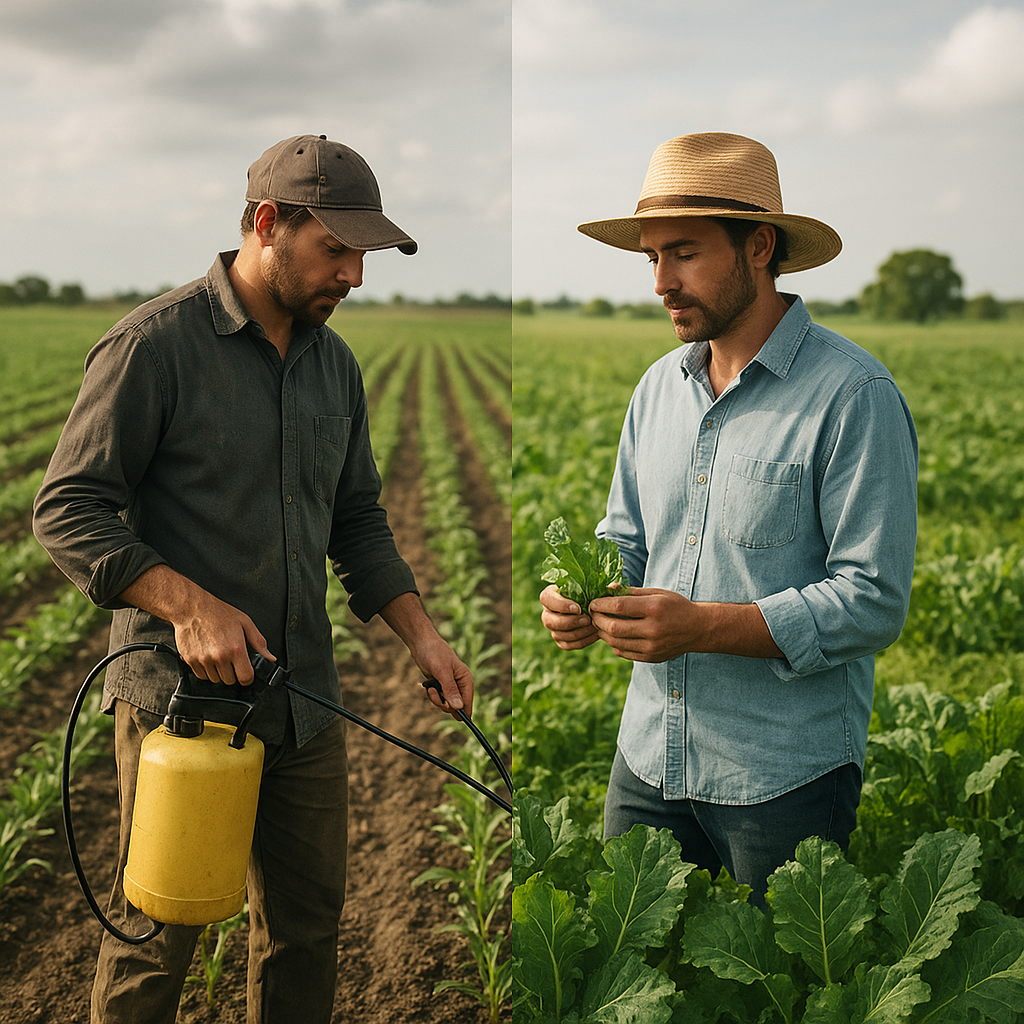Climate-smart farming practices are essential for mitigating risks associated with climate change, ensuring food security, and promoting sustainable agricultural development. As the global climate continues to change, farmers face numerous challenges, including unpredictable weather patterns, soil degradation, and increased pest and disease pressures. By adopting innovative and sustainable farming techniques, farmers can enhance their resilience to these challenges while also contributing to environmental conservation. This article explores the various climate-smart farming practices that can be implemented to mitigate risks and promote sustainable agriculture.
Understanding Climate-Smart Agriculture
Climate-smart agriculture (CSA) is an approach that aims to transform agricultural systems to effectively respond to climate change while ensuring food security and reducing greenhouse gas emissions. The concept encompasses three main objectives:
- Increasing productivity: Enhancing the efficiency of agricultural production to meet the growing food demand.
- Building resilience: Strengthening the ability of farming systems to withstand climate-related shocks and stresses.
- Reducing emissions: Lowering the carbon footprint of agricultural practices to contribute to climate change mitigation.
To achieve these objectives, farmers can implement a variety of practices that promote sustainability and resilience. These practices not only help in adapting to climate change but also improve soil health, water management, and biodiversity.
Key Climate-Smart Farming Practices
1. Crop Diversification
Crop diversification involves growing a variety of crops in a single farming system. This practice can significantly reduce the risks associated with climate change by:
- Enhancing resilience: Different crops have varying tolerances to climate stresses such as drought, flooding, and pests. By diversifying crops, farmers can ensure that at least some of their harvest will succeed even in adverse conditions.
- Improving soil health: Diverse cropping systems can enhance soil fertility and structure, reducing the need for chemical fertilizers and improving water retention.
- Increasing income stability: Growing multiple crops can provide farmers with alternative sources of income, reducing their dependence on a single crop and mitigating financial risks.
2. Conservation Agriculture
Conservation agriculture is a sustainable farming practice that focuses on minimizing soil disturbance, maintaining soil cover, and rotating crops. This approach offers several benefits:
- Soil health improvement: By reducing tillage, conservation agriculture helps maintain soil structure, enhances organic matter, and promotes beneficial soil organisms.
- Water conservation: Soil cover and reduced erosion help retain moisture, making crops more resilient to drought conditions.
- Carbon sequestration: Healthy soils can capture and store carbon, contributing to climate change mitigation efforts.
3. Agroforestry
Agroforestry integrates trees and shrubs into agricultural landscapes, providing multiple benefits:
- Enhanced biodiversity: Trees provide habitat for various species, promoting biodiversity and ecosystem health.
- Improved microclimates: Trees can create shade and reduce temperature extremes, benefiting crops and livestock.
- Soil erosion control: Tree roots help stabilize soil, reducing erosion and improving water retention.
4. Efficient Water Management
Water scarcity is a significant challenge for farmers, particularly in regions prone to drought. Implementing efficient water management practices can help mitigate this risk:
- Drip irrigation: This method delivers water directly to the plant roots, minimizing evaporation and runoff, and ensuring efficient water use.
- Rainwater harvesting: Collecting and storing rainwater can provide an additional water source during dry periods.
- Soil moisture monitoring: Using technology to monitor soil moisture levels can help farmers make informed irrigation decisions, reducing water waste.
5. Integrated Pest Management (IPM)
IPM is a holistic approach to pest control that combines various strategies to minimize pest damage while reducing reliance on chemical pesticides:
- Biological control: Utilizing natural predators or parasites to manage pest populations can reduce the need for chemical interventions.
- Cultural practices: Crop rotation, intercropping, and maintaining healthy soil can help prevent pest outbreaks.
- Monitoring and forecasting: Regularly monitoring pest populations and using forecasting models can help farmers make timely and informed pest management decisions.
Challenges and Opportunities in Climate-Smart Farming
While the adoption of climate-smart farming practices presents numerous benefits, several challenges must be addressed to facilitate their widespread implementation:
1. Knowledge and Education
Many farmers may lack access to information and training on climate-smart practices. Extension services and agricultural education programs play a crucial role in disseminating knowledge and providing support to farmers. Collaborative efforts between governments, NGOs, and research institutions can help bridge the knowledge gap and empower farmers to adopt sustainable practices.
2. Financial Constraints
Implementing climate-smart practices often requires initial investments in new technologies, equipment, or infrastructure. Financial constraints can hinder farmers’ ability to adopt these practices. Access to credit, grants, and subsidies can help alleviate this burden and encourage farmers to invest in sustainable practices.
3. Policy Support
Government policies play a vital role in promoting climate-smart agriculture. Supportive policies that incentivize sustainable practices, provide technical assistance, and facilitate access to markets can encourage farmers to adopt climate-smart practices. Policymakers must prioritize climate resilience in agricultural strategies to ensure long-term sustainability.
4. Climate Variability
Climate change is characterized by increased variability and uncertainty, making it challenging for farmers to predict weather patterns and plan accordingly. Developing adaptive management strategies and utilizing climate forecasting tools can help farmers make informed decisions and reduce risks associated with climate variability.
Conclusion
Climate-smart farming practices offer a pathway to mitigate risks associated with climate change while promoting sustainable agricultural development. By adopting practices such as crop diversification, conservation agriculture, agroforestry, efficient water management, and integrated pest management, farmers can enhance their resilience to climate-related challenges. However, addressing the barriers to adoption, such as knowledge gaps, financial constraints, and policy support, is essential for the widespread implementation of these practices. As the global community continues to grapple with the impacts of climate change, embracing climate-smart agriculture will be crucial for ensuring food security and promoting environmental sustainability.




